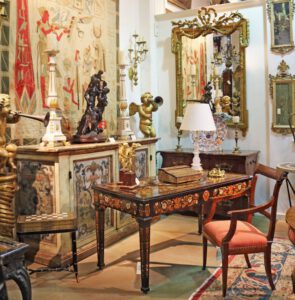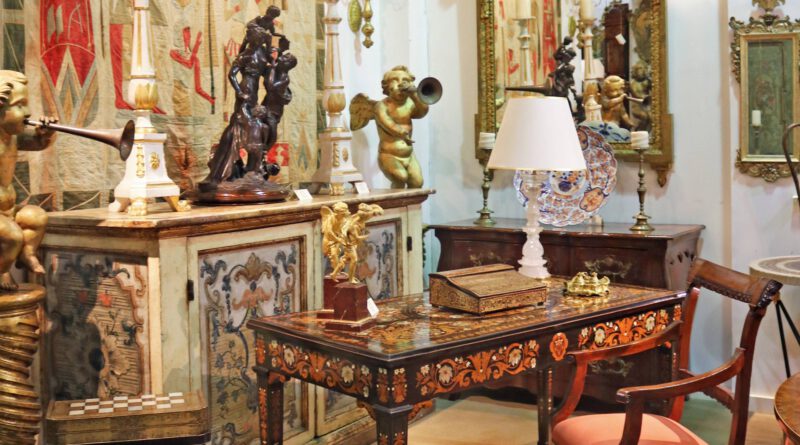The Value of Antiques
The value of Antiques is generally based on its aesthetics and historical significance. An object is generally considered an antique if it is at least one hundred years old. However, the term is used loosely and could mean any object that is older than this. In this article, we will discuss the value of collectible items, including antiques and vintage items.

The value of collectible antiques is difficult to pinpoint, but you can get an idea of the general price range by consulting a price guide. These guides often include photos of the item. Some of the factors that can influence the price range include the condition of the item, the manufacturer’s name, and the rarity.
Rare antiques can be particularly valuable. Antique pianos, for instance, can be worth a small fortune. However, other musical instruments can also be highly valuable, especially if they are old or very rare. Since these items cannot be replicated, they have a high value. There is also a wide range of other collectible antiques to choose from, such as old toys.
In addition to their value, many collectibles can be quite expensive. It is important to carefully research each piece before deciding how much to pay for it. Artist-designed cards, for example, can command high prices. If you’re looking to invest in a specific collector’s item, make sure to buy at least one copy of a collector’s encyclopedia, which includes a number of volumes. This will help you research prices and distinguish authentic items from reproductions.
Before selling collectible antiques, you must first establish yourself as a credible dealer. Ultimately, you’ll want to sell to people who trust your products and your shipping practices. Remember that it has a vast pool of buyers, so you can expect some stiff competition. However, there are several ways to increase your odds of getting a positive result by listing your antique items.
Appraisers can give you a general idea of the value of collectible antiques. They can also offer to buy your antique items. A qualified appraiser can estimate the value of your antiques based on similar items sold in the past.
Identifying antiques is an important part of collecting. These pieces come in many forms and have many different styles, but there are some basic rules you can follow to identify them. First, you must determine the category of the item. You can do this by looking for the manufacturer’s mark, usually located on the base of the item. Once you have that information, you can start your research.
Another way to identify an antique is to check its label. Many furniture pieces will have a label stuck inside the drawer or attached to the back. These labels will help you determine the age and manufacturer of the piece. You can also look for old logos on furniture. These can help you determine whether the item was made by a company that is no longer in business.
If you find an item of questionable age, do not purchase it. An antique should show obvious signs of wear and age, so make sure to ask about its authenticity. Some fake items may look very similar to originals but aren’t. For example, the reproduction may look very similar to a genuine antique but be much cheaper than the original. A fake item may have inconsistencies in craftsmanship, lettering, or materials used. Identifying antiques isn’t an easy task for a novice, but it’s definitely not impossible with a little knowledge.
Antique furniture is often categorized by its style or period of manufacture. For instance, furniture was made during the mid-1700s, while furniture was created earlier. A trained eye will be able to recognize a particular style on an antique, making it easier to determine its age.


